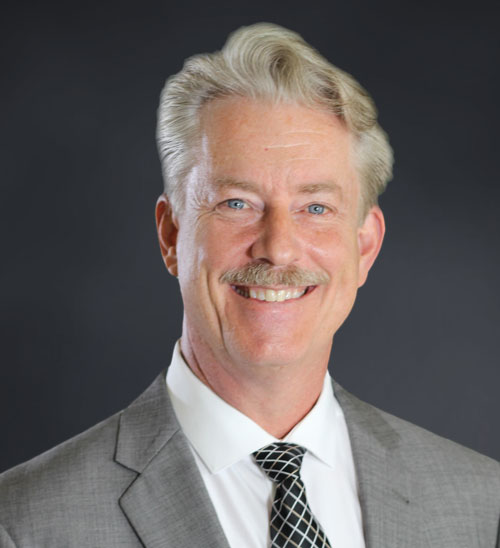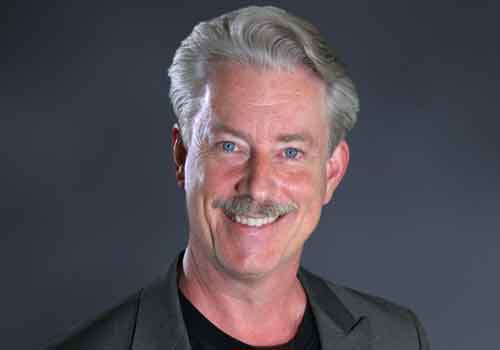PROLOTHERAPY NASHVILLE
PROLOTHERPY | PRP | STEM CELLS
TREATMENT OVERVIEW
DR. MARK JOHNSON, MD, FACS
PRACTICE OVERVIEW
HOLLEY JOHNSON, MS, RDH
WHY CHOOSE US?
DR. MARK JOHNSON, MD, FACS

- 1
The only Board-Certified Prolotherapist in the Southeastern United States
- 2
A highly trained surgeon and fellow of the American College of Surgeons, who has devoted himself full time to the practice of Prolotherapy for almost two decades.
- 3
In the field of Prolotherapy, Dr. Johnson is an Innovator, author, teacher, mentor, and leader, who is focused primarily on the care of individual patients.
- 4
The third physician in the country to begin using Platelet Rich Plasma for musculoskeletal treatment ten years ago. Based on his clinical results, he has been invited to lecture on the use of this treatment strategy in national physician meetings.
- 5
Prolotherapy Nashville has treated patients from over 45 States, and a number of foreign countries. We are among the most trusted sources of this treatment in the United States.
OUR PRACTICE IS INTEGRATED AROUND
7 PRINCIPLES
(TAP PANELS BELOW)
Correct Diagnosis
PRINCIPLE #3Adequate Course of Treatment
PRINCIPLE #4Identifying and Correcting Healing System Problems
PRINCIPLE #5Patient Experience
PRINCIPLE #6PRINCIPLE #6
We strive to create the most positive possible experience during the treatment process. We actually listen to you, and we do a careful physical examination. We attempt to ensure that people understand their disease process, how the treatment works, what to expect from an individual treatment, and what to expect from the course of treatment.
Prayer has been shown to improve clinical outcomes.
PRINCIPLE #7PRINCIPLE #7
We understand that people have many different beliefs about ‘spiritual things’, and we respect everyone’s right to their own opinion. We will offer to pray with our patients, if they desire that we do so. We do this for two reasons: based on our own Christian beliefs, this makes perfect sense on several levels. Secondly, prayer has been shown in scientific studies to improve patient outcomes.

Why am I hurting, and no one seems to know what is wrong?
Mark L. Johnson, MD, FACS
Prolotherapy is certainly an important clinical tool to treat damaged connective tissue—ligaments, tendons, cartilage, meniscus, labrum, fascia, etc. But perhaps a greater contribution made by Prolotherapy is that it sheds light on an important medical mystery.
HOW DOES CONNECTIVE TISSUE CAUSE PAIN?
 This website will explain to you how connective tissue causes pain. If you understand this phenomenon, which is not a part of the medical training of your family doctor or Orthopedic doctor… their training is based on attributing most body aches and pains to ‘inflammation’ (which has been disproven by medical research), and to things ‘seen on imaging studies’, like bulging discs and bony changes…you will be in a position to determine if this is the cause of YOUR pain. This problem, unhealed connective tissue damage, is what Prolotherapy cures. In my experience, this is THE missing diagnostic concept in ‘mainstream medicine’. This ‘missing concept’ explains why so many people have suffered needlessly for so long, and been subjected to therapies that only mask pain, while making the underlying condition, pain of connective origin, worsen. This is why so many Orthopedic operations do not successfully ‘fix’ the pains they were supposed to cure, why cortisone and anti-inflammatory medications are worse than simple ‘band-aids’, and why so many significantly painful conditions evade diagnosis. And, this is why Prolotherapy works so well to cure these very pains in people who are told that they ‘need’ a spinal fusion, arthroscopy, joint replacement, cortisone shots, epidural steroids, radio-frequency nerve ablations and Physical Therapy; and who have a nagging sports injury or who have ‘wear and tear’ or ‘accident’ damage in the neck, back, and other areas. If you have ANY of these conditions, you owe it to yourself to read this information very carefully.
This website will explain to you how connective tissue causes pain. If you understand this phenomenon, which is not a part of the medical training of your family doctor or Orthopedic doctor… their training is based on attributing most body aches and pains to ‘inflammation’ (which has been disproven by medical research), and to things ‘seen on imaging studies’, like bulging discs and bony changes…you will be in a position to determine if this is the cause of YOUR pain. This problem, unhealed connective tissue damage, is what Prolotherapy cures. In my experience, this is THE missing diagnostic concept in ‘mainstream medicine’. This ‘missing concept’ explains why so many people have suffered needlessly for so long, and been subjected to therapies that only mask pain, while making the underlying condition, pain of connective origin, worsen. This is why so many Orthopedic operations do not successfully ‘fix’ the pains they were supposed to cure, why cortisone and anti-inflammatory medications are worse than simple ‘band-aids’, and why so many significantly painful conditions evade diagnosis. And, this is why Prolotherapy works so well to cure these very pains in people who are told that they ‘need’ a spinal fusion, arthroscopy, joint replacement, cortisone shots, epidural steroids, radio-frequency nerve ablations and Physical Therapy; and who have a nagging sports injury or who have ‘wear and tear’ or ‘accident’ damage in the neck, back, and other areas. If you have ANY of these conditions, you owe it to yourself to read this information very carefully.




